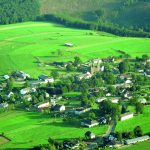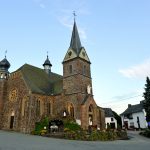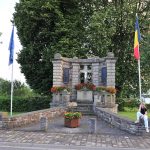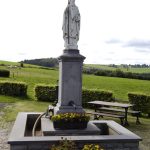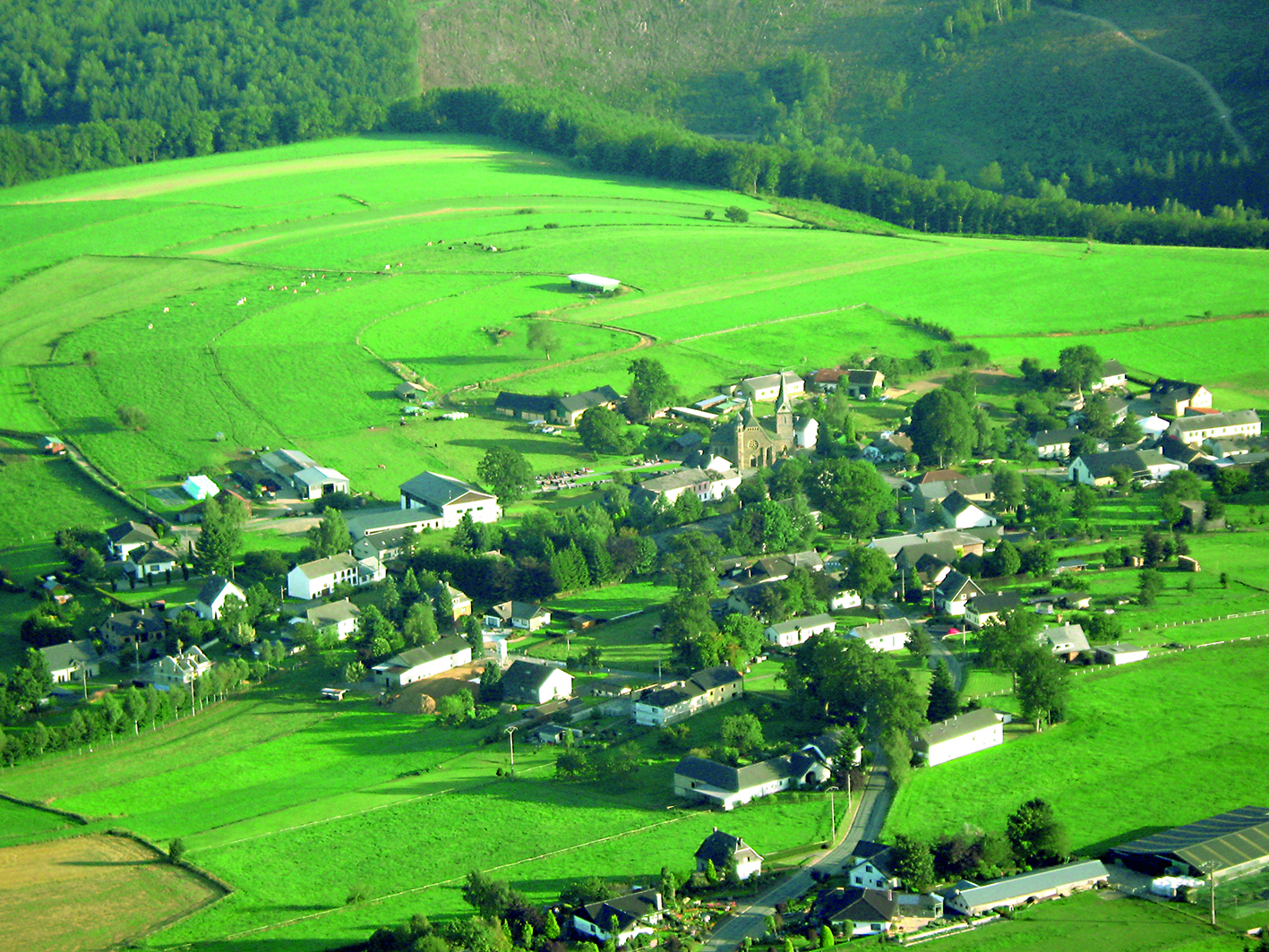
Lommersweiler, DG Belgium, Belgium
The locality Lommersweiler counts 250 inhabitants and is located in the beautiful landscape on top of a slope, limited by the Ourtal Valley in the East and by the Braunlauf Valley in the West. Due to the location at the border, there is only a few workplaces, and the settlement pressure, above all from the neighbouring Luxembourg, is high. There is hardly any land available for construction purposes, leaving little room for new settlements. There is also a marked lack of young families, which will make the problem of “over-aging” even worse in the future. The idea is to improve social conditions to remedy the situation.
In the scope of an action plan, supported by the project development agencies, strengths and opportunities have been analyzed and plans have been designed. A work group with 19 members in total has been charged with its implementation. Key points are the green space concept, the further development of flat-sharing communities and the topic “mobility”.
Building on these measures, natural green areas and flower meadows have been created and integrated into the Natura 2000 preserve. After the former railway tracks had been dismantled, the tunnel was secured as a winter quarter for the regional bat species. In general, the protection of natural habitats plays an important role in the Braunlauf Valley; there are regular information events where experts update the population about current situations and initiatives in the area nature preservation and farming of cultural landscapes.
A car service has been established, especially for the senior citizens. With the creation of flat-sharing communities, people with special needs can be integrated into the life of the community. The village also managed to maintain local supplies through mobile shops. The villagers take care of the children and young people in an organized way, a day care centre for toddlers is in the planning stage. Hiking tours, readings and other events complement the activities. Nine societies and a number of festivities contribute to the strong sense of community. Thanks to the support of the societies and the high level of commitment on part of the populace, the multi-purpose hall, the Willibrordusbrunnen, a chapel and a number of small monuments could be built.
35 households use wood as their main energy source, a renewable resource of which there is plenty in the region. Eight houses have solar plants and there have photovoltaic plants on their roofs. The households clear their own waste water, with the exception of seven of them.
In order to benefit from the development potentials, bicycle trails have been created on the former railway tracks, with the intention of luring visitors into the village. Bicycle tours centered around the theme of border history inform about the development of Lommersweiler. For the next year, the renewal of the village centre and the erection of a weather station with Internet connection are being planned. In the scope of sustainable touristic development, the construction of holiday homes is envisioned.
Evaluated: 2010
